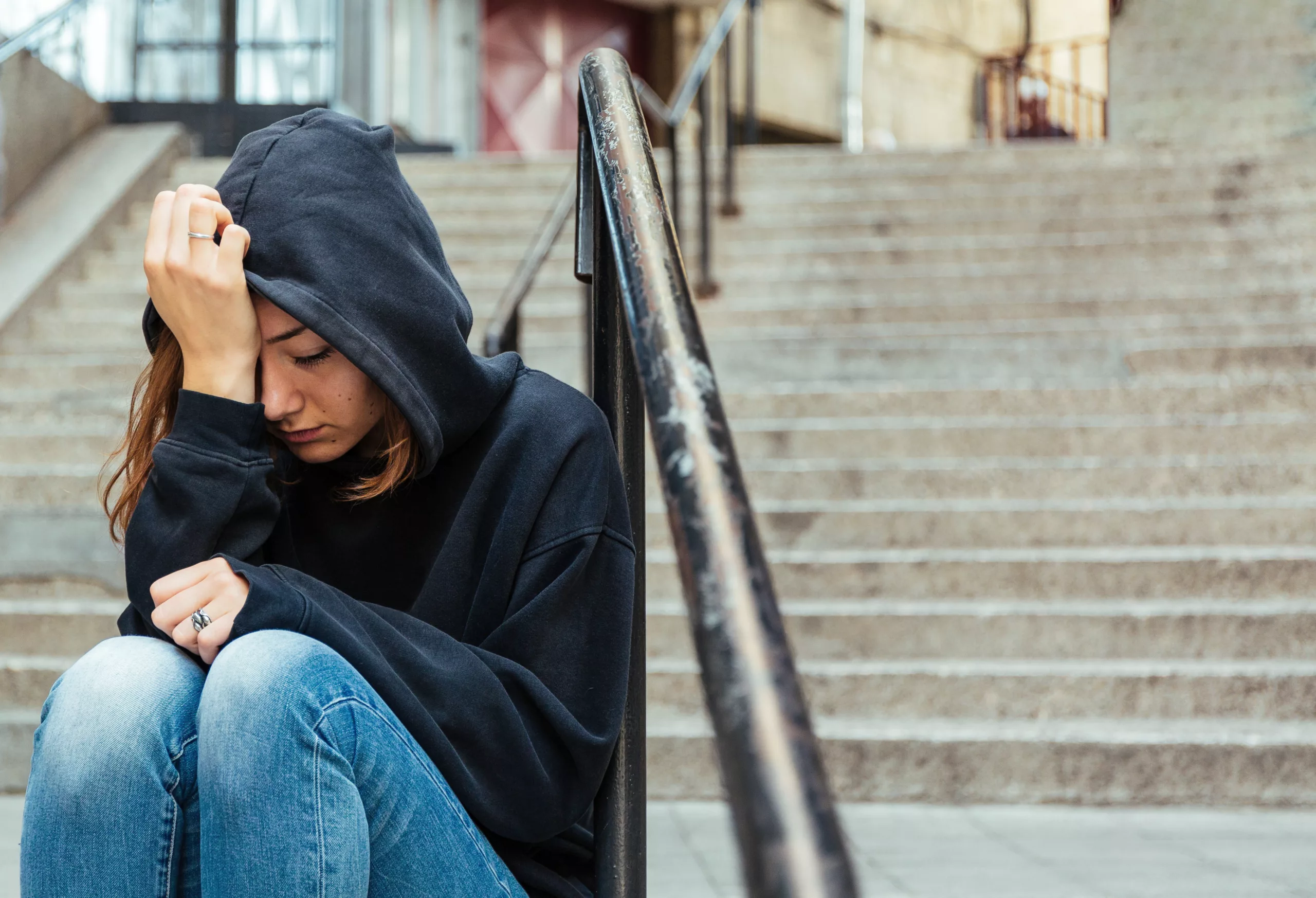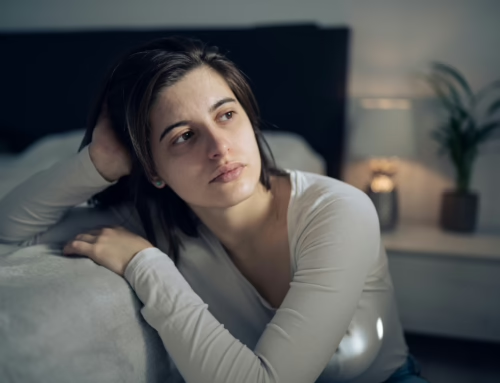How to Recognize Seasonal Depression in Your Teen
Seasonal affective disorder (SAD) is one of the most common forms of depression.
SAD is a type of clinical depression that can affect anyone of all ages and in all climates. Exactly how long this condition remains present in an individual depends on how quickly it’s addressed.
In this article, we’re going to take a closer look at how SAD presents in teens, identifying the symptoms of seasonal depression and the signs to watch out for.
What is seasonal depression?
Seasonal affective disorder (SAD) — often referred to as seasonal depression — is a form of clinical depression that only happens to an individual during specific times of the year.
While seasonal depression is most commonly associated with the winter months, it can also occur during spring, summer and fall.
The primary cause of SAD is sourced in the brain’s response to the weather and daylight changes. Our biological clock is usually in-tune with the natural rhythms of the earth, but changes in weather and daylight can disrupt this internal clock, leading to feelings of depression.
Additional suspected causes of SAD include the natural drop in serotonin (the “happy hormone”) that occurs in the winter months due to decreased sun exposure. Our melatonin levels (the “sleep hormone”) also fluctuate during seasonal changes and this disruption to our sleep pattern can contribute to feelings of depression.
Signs of seasonal depression in teens
While seasonal depression is often dismissed as “just the winter blues,” it can be much more than that. Some people only experience mild symptoms of depression, while others experience more severe symptoms that can lead to problems in many areas of their life when left untreated. Some signs of SAD include:
- Sleeping for longer-than-normal intervals
- Exhaustion and fatigue (despite sleeping more)
- Withdrawing from social activities
- Lack of interest in usual socializing or hobbies
- Changes in appetite (especially an increase in “junk food” cravings)
- Sluggishness or “brain fog”
- Difficulty communicating, focusing or concentrating
Now that we’ve reviewed some of the most common signs of seasonal depression, let’s discuss forms of treatment.
Treatments for seasonal depression
The two most common forms of treatment for seasonal depression are talk therapy and light therapy (also referred to as light exposure).
Talk therapy can be highly beneficial to teens, as seasonal depression often exacerbates pre-existing challenges they’re going through. Talk therapy provides them with a safe environment in which to address and resolve these difficulties, as well as learn more about seasonal depression and how they can best take care of themselves during this time.
Light therapy is one of the most successful treatments for seasonal depression. Treatment providers may recommend that clients get a lightbox, engage in sessions under UV lighting, or spend more time outdoors.
In some cases, seasonal depression can be heavily influenced by an underlying disorder, in which case, medication may be suggested. This medication can be anywhere from Vitamin D and C supplements to antidepressants.
If you think your child is experiencing SAD, reach out to our team here at Tapestry.
Speak with an advisor today
Tapestry is a premier behavioral health treatment program located in Western North Carolina and the Poconos Mountains of Pennsylvania. We specialize in helping teens and adults heal from both mental health and put you on the path to long-lasting recovery.
If you suspect your child is suffering from seasonal depression, send us a message. The signs of seasonal depression can overlap with other conditions, and they can also be representative of co-occurring disorders, so it’s important to seek professional help.
We know this can be an overwhelming time, and it’s not one you’re expected to go through alone. Whether you’re ready to enroll in one of our programs or just need some next-step guidance, we’re here to help. Contact our Support team today to get started






